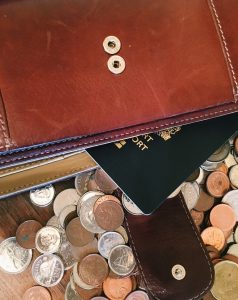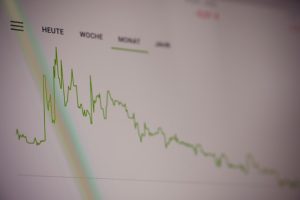Forex trading is a highly popular and lucrative market, with millions of traders worldwide participating in it. However, new traders often find themselves in a state of confusion when they see that their trades start negative. This is a common experience for traders, and it can be explained by a few factors.
In this article, we will delve into the reasons why forex trades start negative and how traders can manage their trades effectively.
Market Volatility
The forex market is highly volatile, and prices can fluctuate rapidly due to various economic and geopolitical factors. Often, these factors are unpredictable and can cause sudden changes in the market’s direction, leading to a negative start to a trade.
For instance, a political announcement or an economic data release can have a significant impact on the currency’s value, causing it to move against the trader’s position. The key to managing this risk is to be aware of the news and events that can affect the market and to have a sound risk management strategy in place.
Leverage
Another reason why forex trades start negative is the use of leverage. Leverage allows traders to control a large amount of money with a small investment, but it also increases the risk of losses. When a trade is opened using leverage, even a small move in the market can result in significant gains or losses.
For example, if a trader uses a leverage of 100:1 and trades $10,000, they only need to put down $100 as margin. If the market moves against the trade by 1%, the trader would lose $1,000, which is 100% of their initial investment. Therefore, traders must use leverage wisely and only risk the amount they can afford to lose.
Stop Loss
Stop loss is a risk management tool that allows traders to limit their losses by setting a predetermined level at which the trade will be closed. However, if the stop loss is set too close to the entry price, it can be triggered by a small market movement, resulting in a negative start to the trade.
On the other hand, if the stop loss is set too far away, it can result in a larger loss than the trader is willing to accept. Therefore, traders must set their stop loss at an appropriate level based on their risk tolerance and market conditions.
Spread
The spread is the difference between the bid and ask price of a currency pair. It is the cost of trading, and it can have an impact on the profitability of a trade. When a trader opens a trade, they need to pay the spread, which means that the trade starts with a negative value.
For example, if the bid price of a currency pair is 1.2000 and the ask price is 1.2005, the spread is 5 pips. If a trader buys the currency pair, they need to pay the ask price of 1.2005, which means that the trade starts with a negative value of 5 pips. Therefore, traders must consider the spread when opening a trade and choose a broker with competitive spreads.
Conclusion
In conclusion, forex trades start negative due to various factors such as market volatility, leverage, stop loss, and spread. However, traders can manage their trades effectively by being aware of the risks, using leverage wisely, setting appropriate stop loss levels, and choosing a broker with competitive spreads.
It is essential to have a sound risk management strategy in place to minimize losses and maximize profits. Traders must also keep up-to-date with the latest news and events that can affect the market and adjust their trading strategies accordingly. With the right approach, forex trading can be a highly profitable and rewarding experience.






